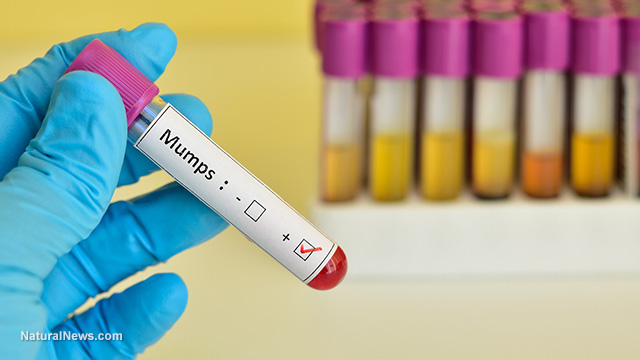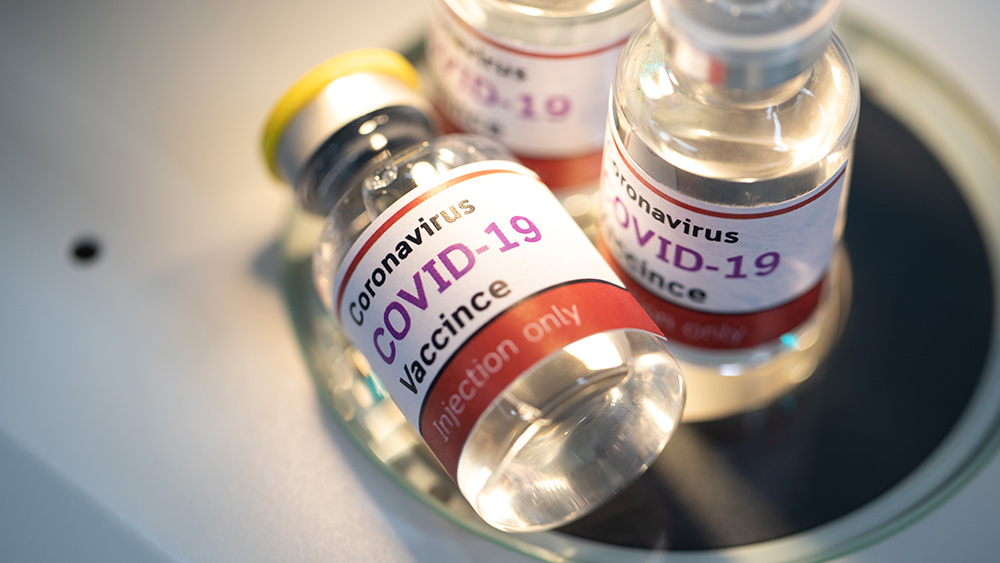Researchers are developing AI that can detect emotional states using radio waves
02/22/2021 / By Arsenio Toledo

Scientists are developing an advanced artificial intelligence system that uses an advanced neural network and radio signals to detect a person’s emotions from a short distance. This is coming from a study conducted by scientists from the Queen Mary University of London and was published in the journal PLOS ONE.
The researchers used radio waves to pick up subtle changes in a person’s heart rhythm and breathing. These changes were then fed to a neural network tasked with identifying what the changes mean.
The team used a neural network because it functions similarly to a human brain. In the latter, neurons create links with other cells in a pattern, as opposed to more conventional machine learning, which uses statistical methods on data sets. (Related: New AI tool that determines trustworthiness of people may not be trustworthy at all.)
“With [a neural network], we’ve shown we can accurately measure emotions in a subject-independent way, where we can look at a whole collection of signals from different individuals and learn from this data and use it to predict the emotion of people outside of our training database,” said Achintha Avin Ihalage, a doctorate student at Queen Mary.
As part of their experiment, the researchers asked participants to watch a video they selected because of its ability to elicit one of four basic emotions: pleasure, sadness, joy and anger.
While the video was playing, the researchers broadcast “harmless radio signals.” The researchers said these were similar to signals transmitted by radar or Wi-Fi.
The radio signals were aimed at the participants. The researchers then studied the signals that were bounced back because they would be substantially different from the original signals. According to Yang, the reflected signals would be modulated by an individual’s tiny body movements including breathing patterns and heart rhythm.
To support their findings the participants were also connected to an electrocardiogram to make sure that the radio signals they were picking up were accurate.
The team then ran their findings through their deep neural network and found that the artificial intelligence system accurately classified the emotional states of the participants 71 percent of the time. This is better than previous experiments that used machine learning methods.
New tech has multiple potential uses, but raises questions regarding privacy
First author Ahsan Noor Khan, a Queen Mary doctorate student, argues that this study can be used in “future smart home and building environments.” Possible applications here include attempting to map out how a room filled with office workers are currently feeling.
“This type of approach would enable us to classify emotions of people on an individual basis while performing routine activities,” said Khan. “Moreover, we aim to improve the accuracy of emotion detection in a work environment using advanced deep learning technologies.
Project lead Yang Hao, dean for research at Queen Mary’s Faculty of Science and Engineering, believes the experiment can be used in healthcare and “emotional wellbeing” applications, as well as in human to robot interactions. Hao added that being able to easily read a person’s emotional state has become increasingly more important during the global Wuhan coronavirus (COVID-19) pandemic.
Patrick Tucker, writing for Defense One, speculates that these systems could be used in military and defense situations. In an email, Hao said that “more research needs to be done” before this technology can be developed for such situations.
One scenario Tucker suggested is one where authorities are interrogating a suspect. Here, the artificial intelligence system could be used to detect suspect’s heart rate and breathing rhythm and accurately predict whether the suspect’s emotions correspond to what he is telling his interrogators.
Both Tucker and Hao agree that future studies also need to look into issues regarding the ethics of using such systems, and how to responsibly use them. In his article, Tucker concludes with this:
“The proliferation of new advances in AI, coupled with new sensors, will add to difficult discussions about privacy in the years ahead. There is no law in the United States against passive data collection of cardiac rhythms with antenna just as there is no law prohibiting the photographing of faces in public. There was no need for such regulation… until now.”
Learn more about the technologies currently being developed by reading the latest articles at FutureSciencenews.com.
Sources include:
Tagged Under: AI, artificial intelligence, breakthrough, Deep Learning, discoveries, future science, future tech, goodtech, innovation, inventions, machine learning, Neural Network
RECENT NEWS & ARTICLES
COPYRIGHT © 2017 DISCOVERIES NEWS





















